How 6 small molecules made old human cells act young again. No gene editing, no stem cells. Just science.


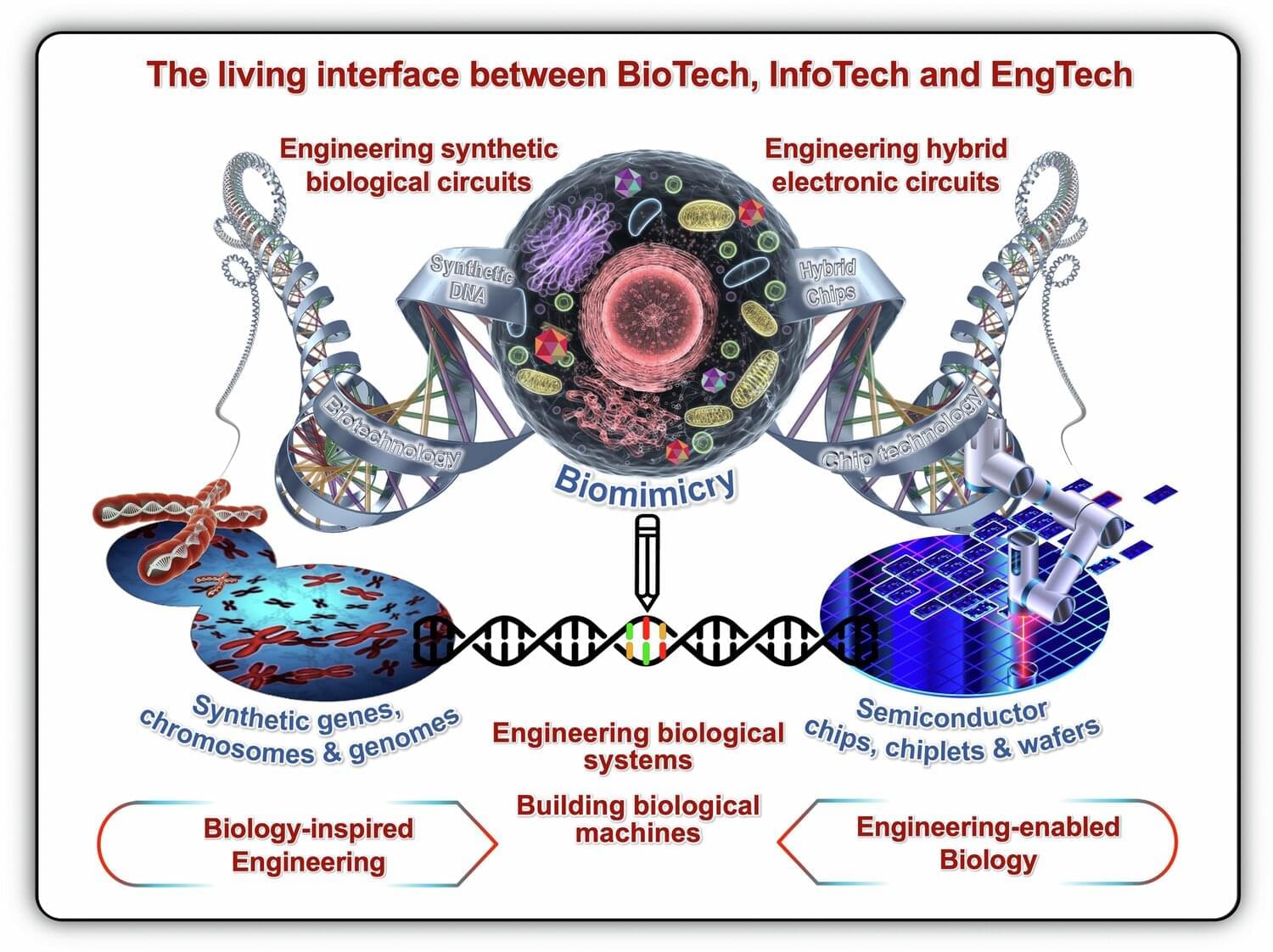
Australian researchers are turning to nature for the next computing revolution, harnessing living cells and biological systems as potential replacements for traditional silicon chips. A new paper from Macquarie University scientists outlines how engineered biological systems could solve limitations in traditional computing, as international competition accelerates the development of “semisynbio” technologies.
Living computers, organs-on-a-chip, data storage in DNA and biosecurity networks that detect threats before they spread—these aren’t science fiction concepts but emerging realities. A team from Macquarie University and the ARC Center of Excellence in Synthetic Biology (COESB) has explored this convergence of biological and digital technologies in a Perspective paper published in Nature Communications.
The Macquarie University authors—Professor Isak Pretorius, Professor Ian Paulsen and Dr. Thom Dixon (who are also affiliated with the ARC Center of Excellence in Synthetic Biology), Professor Daniel Johnson and Professor Michael Boers—draw on decades of combined experience to explain why harnessing bio-innovation can proactively shape the future of computing technology.
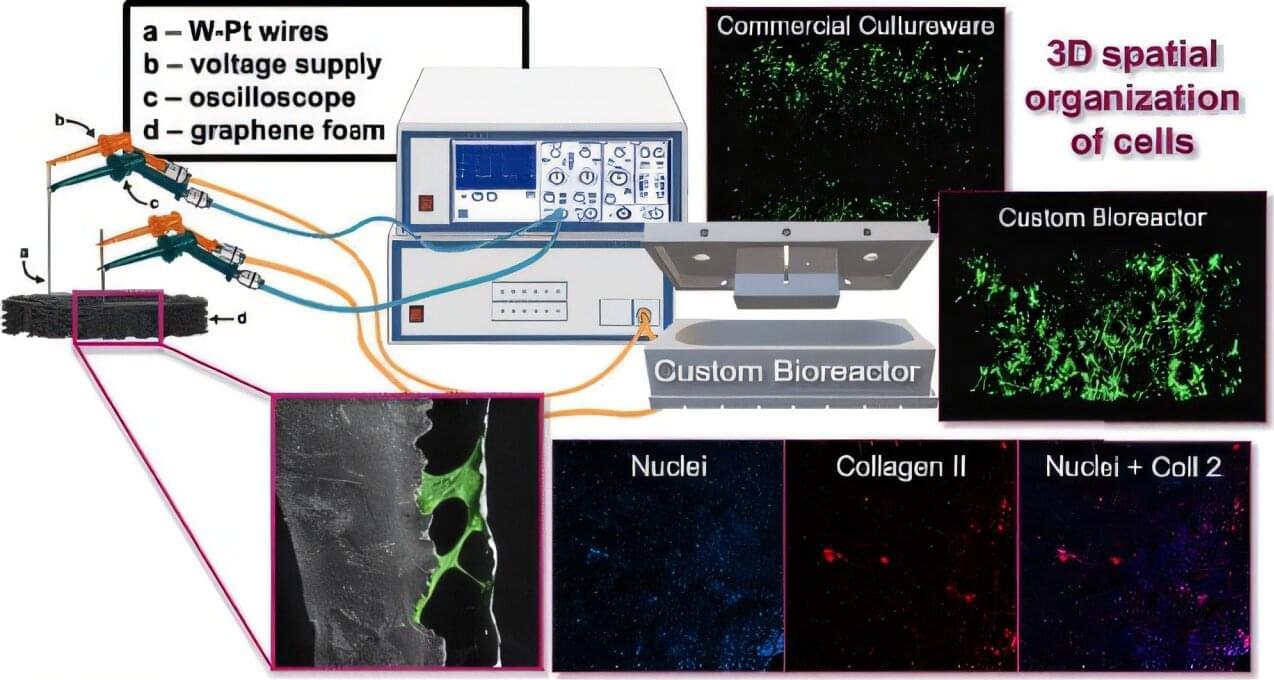
Boise State University researchers have developed a new technique and platform to communicate with cells and help drive them toward cartilage formation. Their work leverages a 3D biocompatible form of carbon known as graphene foam and is featured on the cover of Applied Materials and Interfaces.
In this work, the researchers aim to develop new techniques and materials that can hopefully lead to new treatments for osteoarthritis through tissue engineering. Osteoarthritis is driven by the irreversible degradation of hyaline cartilage in the joints, which eventually leads to pain and disability, with complete joint replacement being the standard clinical treatment. Using custom-designed and 3D-printed bioreactors with electrical feedthroughs, they were able to deliver brief daily electrical impulses to cells being cultured on 3D graphene foam.
The researchers discovered that applying direct electrical stimulation to ATDC5 cells adhered to the 3D graphene foam bioscaffolds significantly strengthens their mechanical properties and improves cell growth —key metrics for achieving lab-grown cartilage. ATDC5 cells are a murine chondrogenic progenitor cell line well studied as a model for cartilage tissue engineering.
High quality 4K Download: https://melodysheep.gumroad.com/l/udffp // Soundtrack: https://melodysheep.bandcamp.com/album/engineering-earth-original-soundtrack // Mankind has become the pilot of spaceship earth, whether we like it or not. Half of all habitable land on earth is now dedicated to supporting human activity. And as of the year 2020, the mass of all man-made materials now outweighs the mass of all life forms on earth.
Despite all this, we are still newcomers – untrained pilots steering an ancient, ever-changing planet. If we want to survive long-term and continue to grow, we will have to make bigger technological leaps than ever before.
This film explores the wildest, most ambitious, most dangerous ideas to keep Earth and humanity thriving, by protecting each of its layers – from the lithosphere to the stratosphere.
Many of our ideas may never materialize, but by dreaming them up, we can open our minds to the full potential of human willpower and intellect. The future is ours to build.
—
Thanks for watching everybody.
Music, Visuals, Sound & Story by Melodysheep (John D. Boswell)
melodysheep.com.
instagram: @melodysheep_
twitter: @musicalscience.
Narrated by Will Crowley.
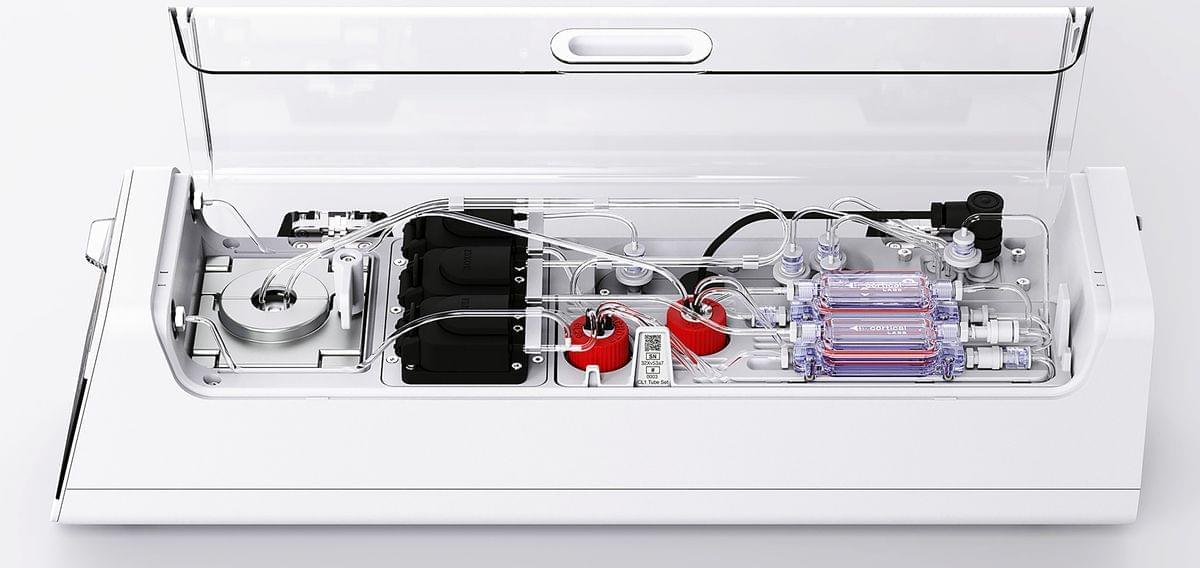
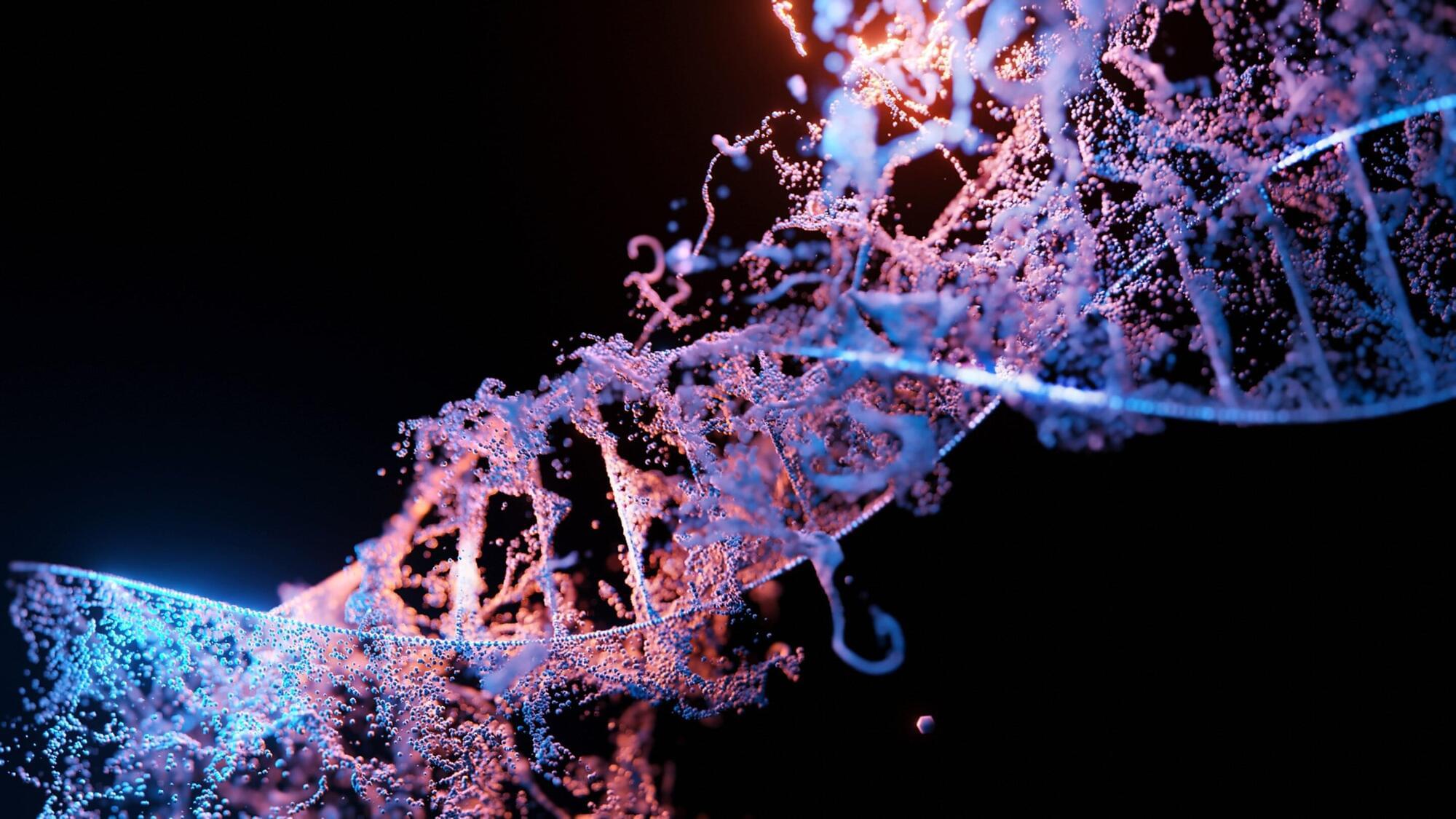
Scientists at the San Raffaele Telethon Institute for Gene Therapy (SR-Tiget), Milan, have found that gene editing using CRISPR-Cas9 in combination with AAV6 vectors can trigger inflammatory and senescence-like responses in blood stem cells, compromising their long-term ability to regenerate the blood system.
The study, published in Cell Reports Medicine, outlines new strategies to overcome this hurdle, improving both the safety and efficacy of gene-editing-based therapies for inherited blood disorders.
The research was led by Dr. Raffaella Di Micco, group leader at SR-Tiget, New York Stem Cell Foundation Robertson Investigator and Associate Professor at the School for Advanced Studies (IUSS) of Pavia, in collaboration with Professor Luigi Naldini, Director of SR-Tiget, and several European research partners.
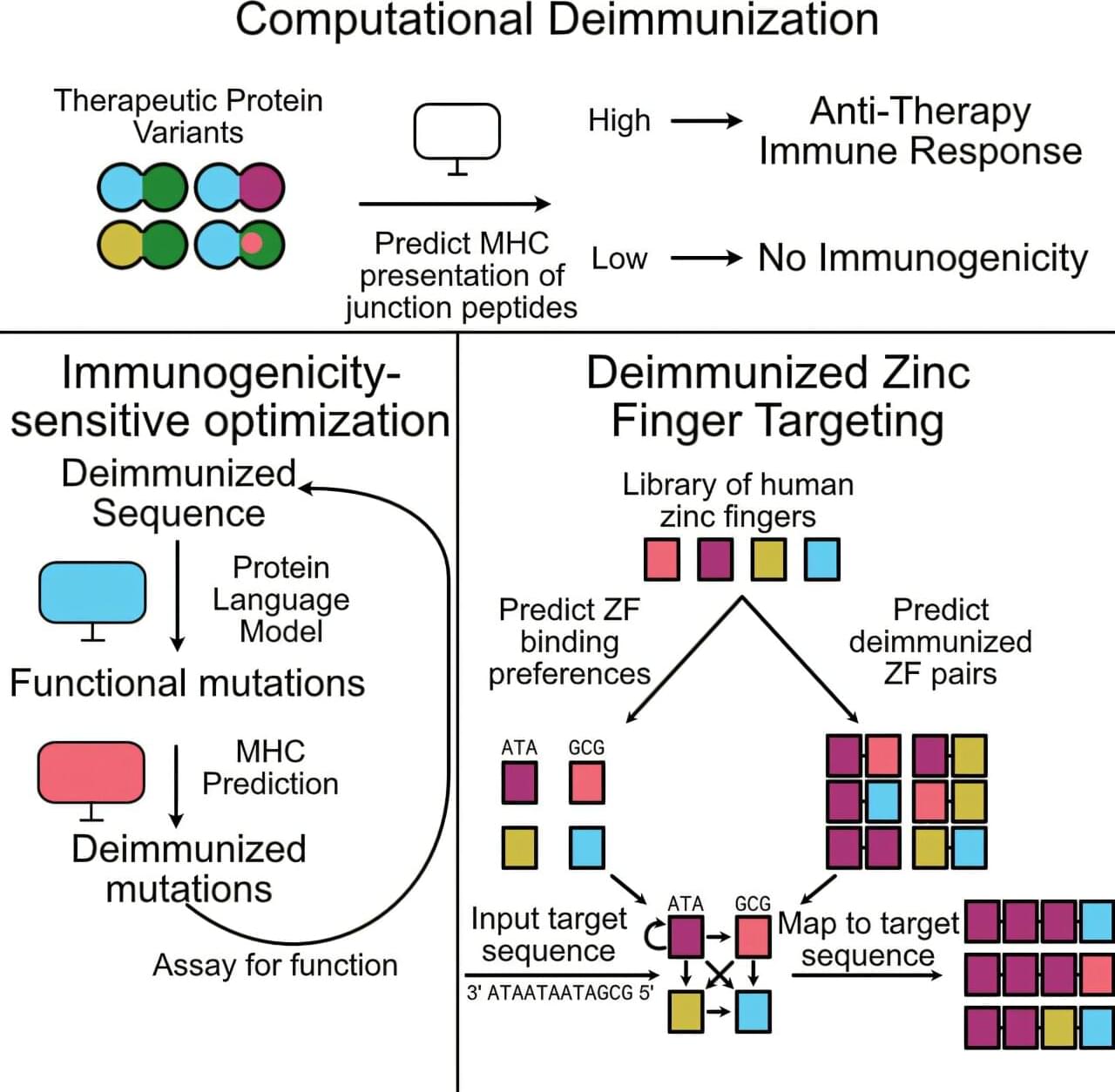
Machine learning models have seeped into the fabric of our lives, from curating playlists to explaining hard concepts in a few seconds. Beyond convenience, state-of-the-art algorithms are finding their way into modern-day medicine as a powerful potential tool. In one such advance, published in Cell Systems, Stanford researchers are using machine learning to improve the efficacy and safety of targeted cell and gene therapies by potentially using our own proteins.
Most human diseases occur due to the malfunctioning of proteins in our bodies, either systematically or locally. Naturally, introducing a new therapeutic protein to cure the one that is malfunctioning would be ideal.
Although nearly all therapeutic protein antibodies are either fully human or engineered to look human, a similar approach has yet to make its way to other therapeutic proteins, especially those that operate in cells, such as those involved in CAR-T and CRISPR-based therapies. The latter still runs the risk of triggering immune responses. To solve this problem, researchers at the Gao Lab have now turned to machine learning models.

This review explores the transformative potential of nanotechnology in the treatment and diagnosis of amyotrophic lateral sclerosis (ALS), a progressive neurodegenerative disorder characterized by motor neuron degeneration, muscle weakness, and eventual paralysis. Nanotechnology offers innovative solutions across various domains, including targeted drug delivery, neuroprotection, gene therapy and editing, biomarker detection, advanced imaging techniques, and tissue engineering. By enhancing the precision and efficacy of therapeutic interventions, nanotechnology facilitates key advancements such as crossing the blood-brain barrier, targeting specific cell types, achieving sustained therapeutic release, and enabling combination therapies tailored to the complex pathophysiology of ALS.
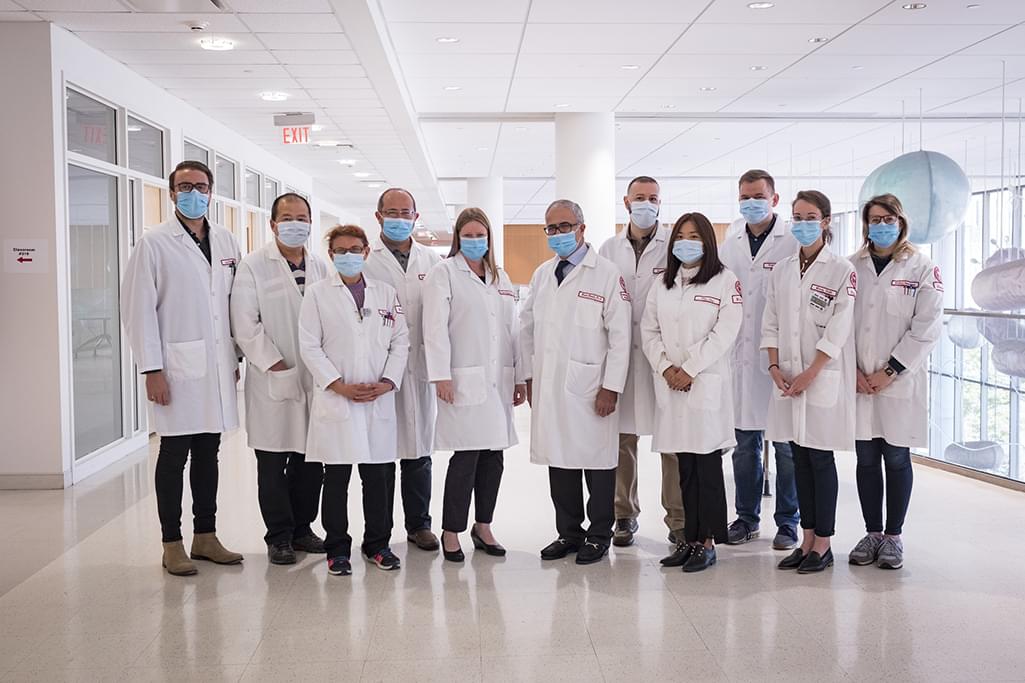
(Philadelphia, PA) – A single injection of a novel CRISPR gene-editing treatment safely and efficiently removes SIV – a virus related to the AIDS-causing agent HIV – from the genomes of non-human primates, scientists at the Lewis Katz School of Medicine at Temple University now report. The groundbreaking work complements previous experiments as the basis for the first-ever clinical trial of an HIV gene-editing technology in human patients, which was authorized by the Food and Drug Administration (FDA) in 2022.
The preclinical study, published online in the journal Gene Therapy, tested EBT-001, an SIV-specific CRISPR-Cas9 gene-editing therapy, in rhesus macaques. The study shows that EBT-001 effectively excises SIV from reservoirs – cells and tissues where viruses like SIV and HIV integrate into host DNA and hide for years – without any detectable off-target effects in animals. The work is a significant advance in the generation of a cure for HIV/AIDS in humans.
“Our study supports safety and demonstrates evidence of in vivo SIV editing of a CRISPR gene-editing technology aimed at the permanent inactivation of virus in a broad range of tissues in a large, preclinical animal model, using a one-time injection of the treatment,” said Kamel Khalili, PhD, Laura H. Carnell Professor and Chair of the Department of Microbiology, Immunology, and Inflammation, Director of the Center for Neurovirology and Gene Editing, Director of the Comprehensive NeuroAIDS Center at the Lewis Katz School of Medicine, and senior investigator on the new study.
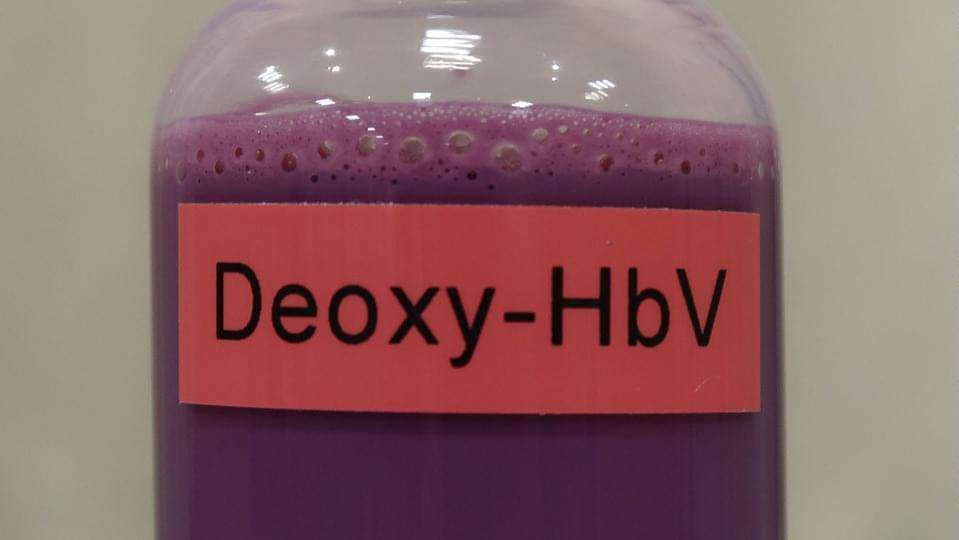
A clinical study of artificial red blood cells that can be stored for transfusions in times of emergency will begin in Japan by next March, according to Nara Medical University.
The university aims to put the artificial cells into practical use by around 2030, it said in early July, in what would likely be a world first.
The development of the blood cells, designed for use in remote areas and disasters, comes as a blood shortage is expected at medical facilities due to a declining number of donors amid the country’s shrinking population.